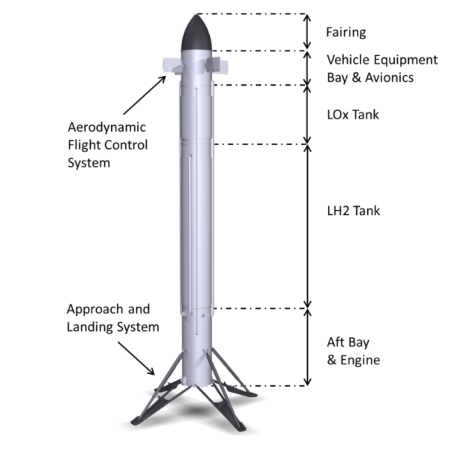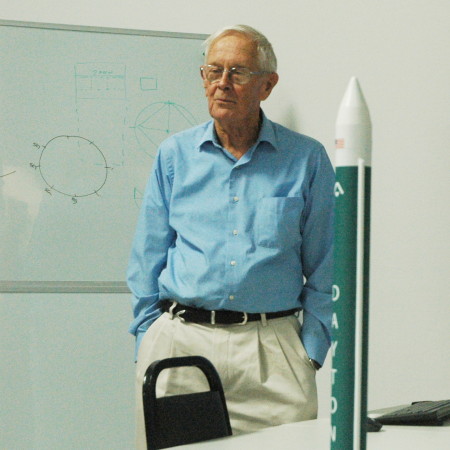Post-collision images of two galaxies
Using both the Hubble and Webb space telescopes, astronomers have now produced multi-wavelength images of the galaxies NGC 2207and IC 2163, as shown to the right.
Millions of years ago the smaller galaxy, IC 2163, grazed against the larger, NGC 2207, resulting today in increased star formation in both galaxies, indicated by blue in the Hubble photo. From the caption of the combined images:
Combined, they are estimated to form the equivalent of two dozen new stars that are the size of the Sun annually. Our Milky Way galaxy forms the equivalent of two or three new Sun-like stars per year. Both galaxies have hosted seven known supernovae, each of which may have cleared space in their arms, rearranging gas and dust that later cooled, and allowed many new stars to form.
The two images to the left leaves the Hubble and Webb separate, making it easier to see the different features the different wavelengths reveal. From this caption:
In Hubble’s image, the star-filled spiral arms glow brightly in blue, and the galaxies’ cores in orange. Both galaxies are covered in dark brown dust lanes, which obscure the view of IC 2163’s core at left. In Webb’s image, cold dust takes centre stage, casting the galaxies’ arms in white. Areas where stars are still deeply embedded in the dust appear pink. Other pink dots may be objects that lie well behind these galaxies, including active supermassive black holes known as quasars.
The largest and brightest pink area in the Webb image, on the bottom right and a blue patch in the Hubble image, is where a strong cluster of star formation is presently occurring.
Using both the Hubble and Webb space telescopes, astronomers have now produced multi-wavelength images of the galaxies NGC 2207and IC 2163, as shown to the right.
Millions of years ago the smaller galaxy, IC 2163, grazed against the larger, NGC 2207, resulting today in increased star formation in both galaxies, indicated by blue in the Hubble photo. From the caption of the combined images:
Combined, they are estimated to form the equivalent of two dozen new stars that are the size of the Sun annually. Our Milky Way galaxy forms the equivalent of two or three new Sun-like stars per year. Both galaxies have hosted seven known supernovae, each of which may have cleared space in their arms, rearranging gas and dust that later cooled, and allowed many new stars to form.
The two images to the left leaves the Hubble and Webb separate, making it easier to see the different features the different wavelengths reveal. From this caption:
In Hubble’s image, the star-filled spiral arms glow brightly in blue, and the galaxies’ cores in orange. Both galaxies are covered in dark brown dust lanes, which obscure the view of IC 2163’s core at left. In Webb’s image, cold dust takes centre stage, casting the galaxies’ arms in white. Areas where stars are still deeply embedded in the dust appear pink. Other pink dots may be objects that lie well behind these galaxies, including active supermassive black holes known as quasars.
The largest and brightest pink area in the Webb image, on the bottom right and a blue patch in the Hubble image, is where a strong cluster of star formation is presently occurring.















